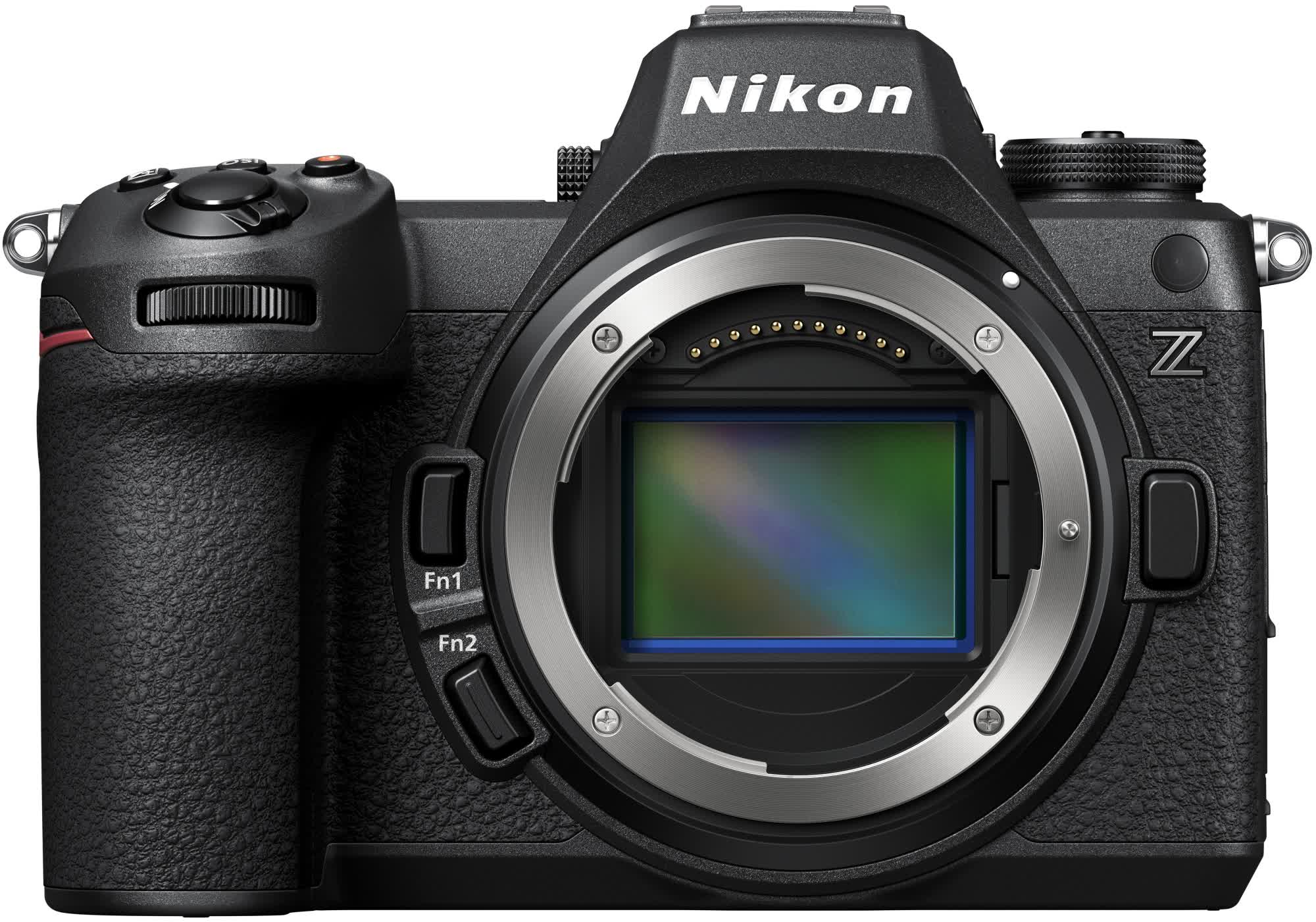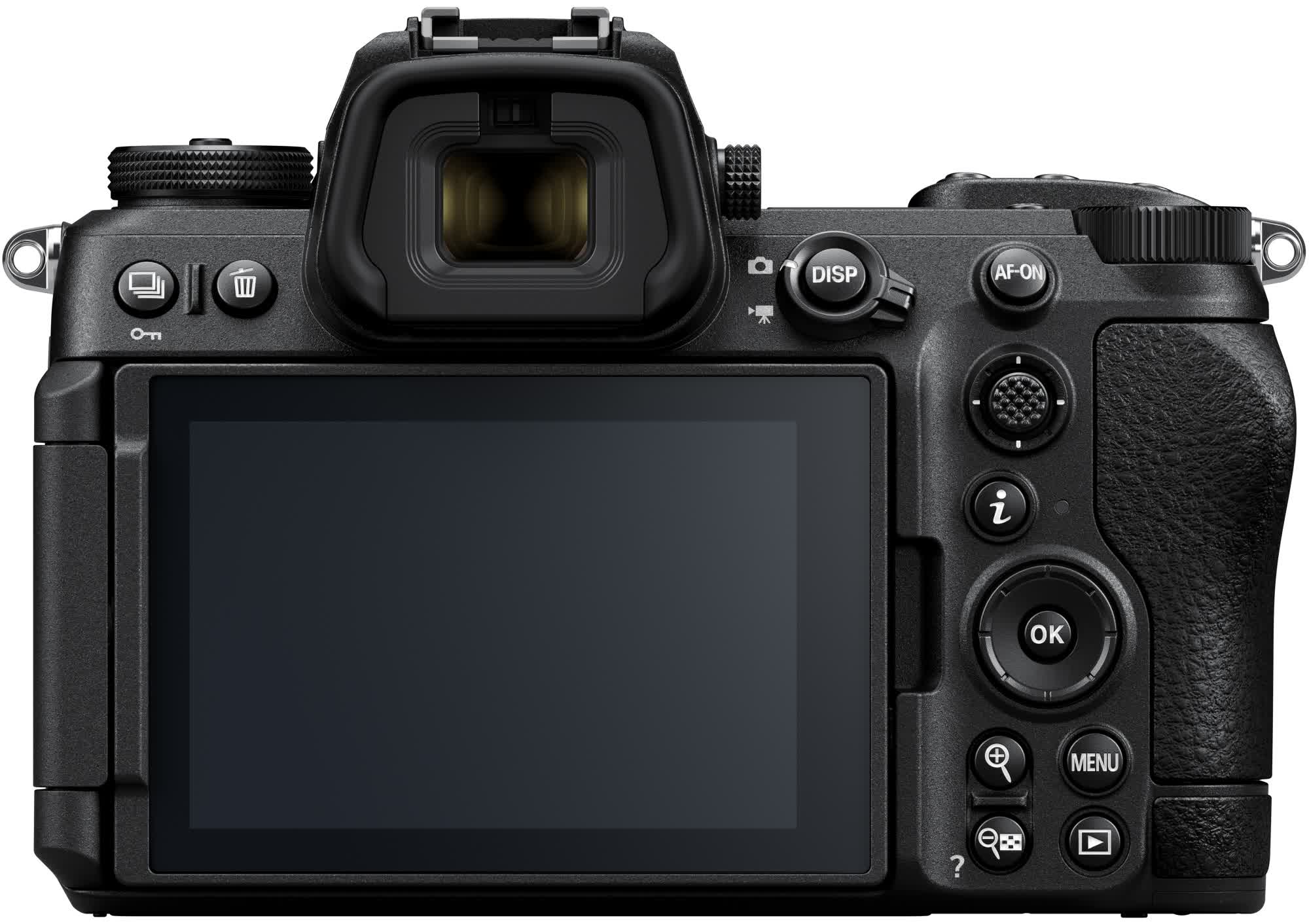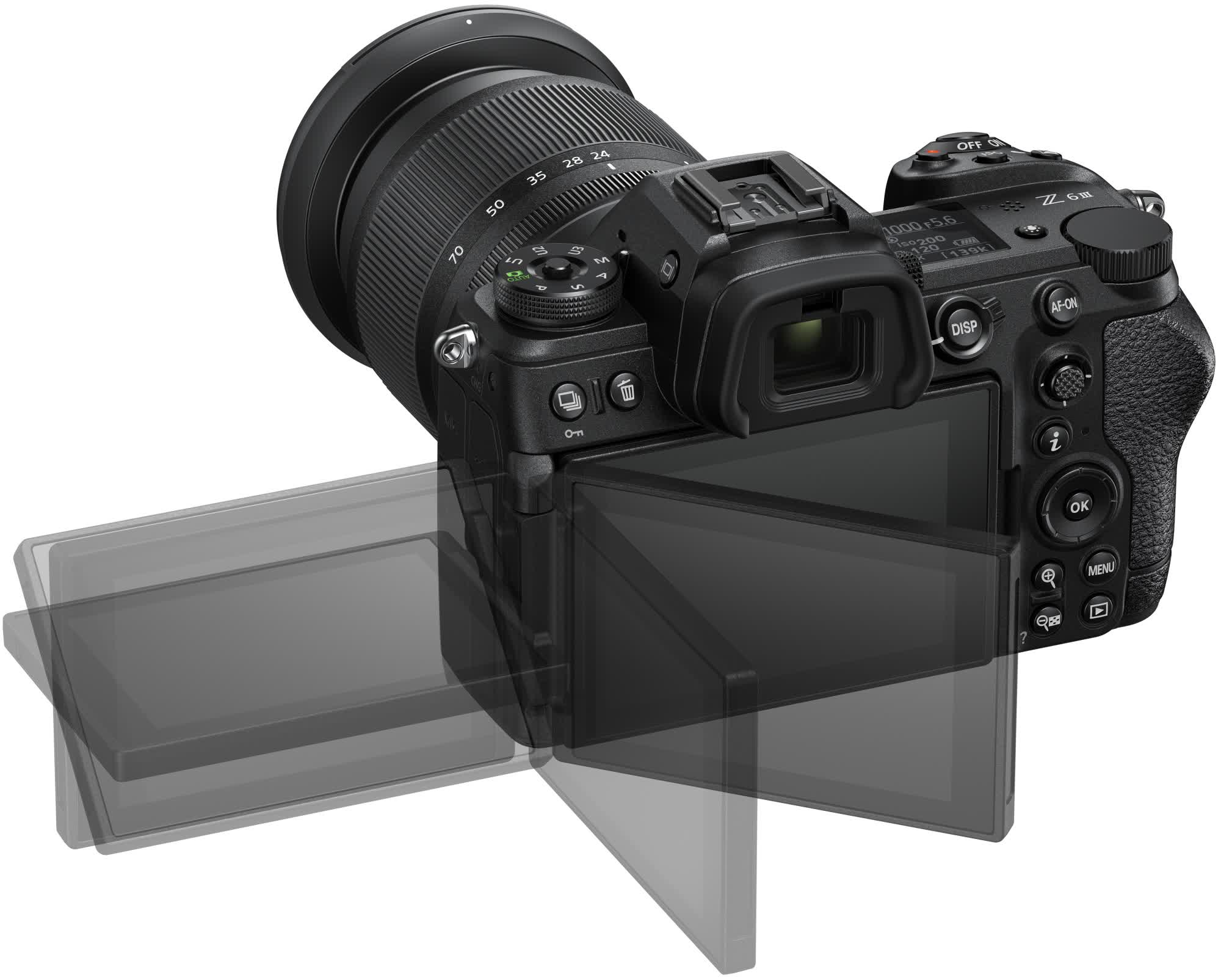In a nutshell: Nikon has introduced the world's first mirrorless camera with a partially-stacked CMOS sensor, enabling a higher level of shooting performance compared to cameras equipped with a standard sensor. Stacked sensors do exist, but they're only found in higher-end models with much larger price tags.
The new Nikon Z6 III features a 24.5-megapixel full-frame partially-stacked sensor that sits squarely between a standard and a stacked sensor in terms of price and performance. It utilizes high-speed processing circuits above and below the imaging area of the sensor which, combined with the EXPEED 7 image processing engine, enable a readout speed that's roughly 3.5 times faster than the Z6 II.
According to Nikon, the new shooter can capture up to 20 frames per second when shooting in RAW at full resolution, up to 60 fps in JPEG at full res, or up to 120 frames a second in JPEG at 11 megapixels. There is also a pre-release capture feature that starts buffering images with a half-press of the shutter-release button, which could help get shots that might have otherwise been missed.


The camera additionally boasts a mechanical and electronic shutter (1/8,000 sec. and 1/16,000 sec., respectively), an upgraded autofocus system that's 20 percent faster than the Z6 II's, and an advanced subject detection system that can automatically detect nine subject types including people, animals, and vehicles.
The built-in five-axis image stabilization system delivers up to 8.0 stops of vibration reduction. The native ISO range is from 100 – 64,000, but is expandable to 204,800 when shooting in extremely dim environments.

The 4,000 nits electronic viewfinder, meanwhile, is the brightest ever in a mirrorless camera. Those who prefer the LCD touchscreen will appreciate the fact it can be used as a front-facing screen, and rotated to better frame low-angle shots.
Nikon's new Z6 III mirrorless camera is due out at the end of June and carries an MSRP of $2,499.95. It's available to order now from leading camera retailers including Adorama and B&H Photo.
Nikon's new Z6 III is the first mirrorless camera with a partially-stacked CMOS sensor